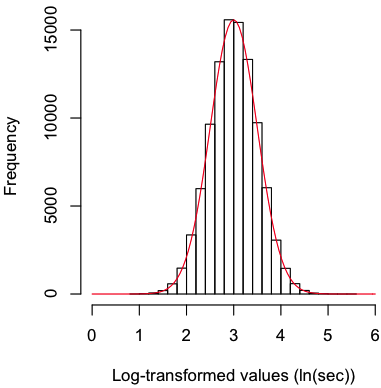Introduction to Statistical Methods
Master Program, Télécom SudParis - Institut Polytechnique de Paris
Description
The course is the second part of the module Probabilities and Statistics. The course mainly targets students and researchers who are interested in experimental research methods and often need to deal with small samples and messy data. Previous knowledge of statistics or probability theory is not required, but some basic understanding of probabilities could help.
The course will introduce fundamental concepts of descriptive and inferential statistics. The goal of the course is NOT to provide a set of statistical recipes or step-by-step instructions. Particular focus will be given on understanding key principles, thinking about underlying assumptions, and recognizing the limitations of statistical methods.

The students will also learn how to use the R statistical software to analyze real datasets and how to apply computational methods to estimate parameters or evaluate statistical procedures.
Lectures
Lectures take place on Wednesdays from 9:45am to 12:45pm at Télécom Paris in Palaiseau in the room 0D19. For the 2nd only session (December 1), we will exceptionally use the room 4A312. For more information about the content and schedule of the course, see the course syllabus.
Classes are given by Theophanis Tsandilas.
News
The assignment is out!
Classes
Nov 24. Basic Concepts: data, populations, samples. Why learning statistics? Types of data and descriptive statistics.
[Lecture 1: Slides] [Lecture 1: R code]
- Chapter 1 of Baguley's book, available online.
- Variance vs. Mean Absolute Difference
- For curious people: Critique of Stevens's taxonomy of measurement scales (by Velleman and Wilkinson).
Dec 1. Discrete and continuous probability distributions: binomial, uniform, normal, log-normal, and chi-square.
The sampling distribution of a statistic. The Central Limit Theorem.
[Lecture 2: Slides] [Lecture 2: R code]
- R and Probability Distributions
- Chapter 2 of Baguley's book, available online.
- Lecture notes on the normal distribution and the Central Limit Theorem from MIT. The document also explains how to use histograms to plot distributions.
Dec 8. Confidence intervals (interpretation and construction). Monte Carlo simulations. Experimental design: independent groups, repeated measures.
[Lecture 3: Slides] [Lecture 3: R code] [R skeleton code for exercise]
Dec 15. Confidence intervals of non-normal distributions. Introduction to Null Hypothesis Significance Testing. Interpreting p-values.
[Lecture 4: Slides] [Lecture 4: R code]
- Working with data frames on R
Jan 5. Continuing on t-tests. Type I and Type II errors. Statistical power. Publication bias. P-hacking and criticisms of the NHST. Interaction effects. Multiple comparisons. Preregistration.
[Lecture 5: Slides] [Lecture 5: R code]
- An article discussing several p-hacking methods and ways to avoid them.
- An article on the preregistration of HCI studies.
Jan 12. Covariance and correlation. Linear regression.
[Lecture 6: Slides] [Lecture 6: R code]
Jan 19. Final exam.
[Home exercises]